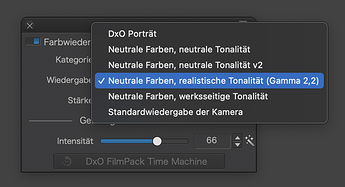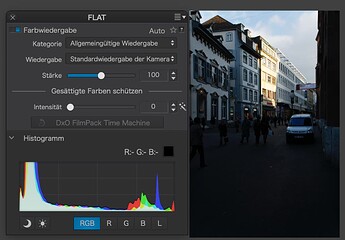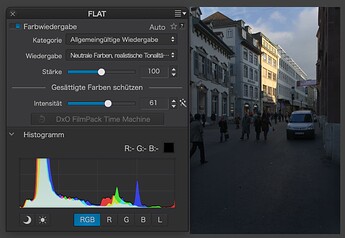Now we have keyword and iptc editing and xmp support i am not sure if the present userinterface is sufficient in tagging large amount of images.
Templates and and group stamping features would be neccaserry.
This request has already been made, you can vote here
Thank you, John! I never used F11, and when I got there, I was reminded that I am useless in understanding what icons signify…
I dont recall reading about this in any user manual – is there one?
I shall explore further.
Best,
David
Yes 41 votes one is mine, so i think it’s offious we need it… 
I dont recall reading about this in any user manual – is there one?
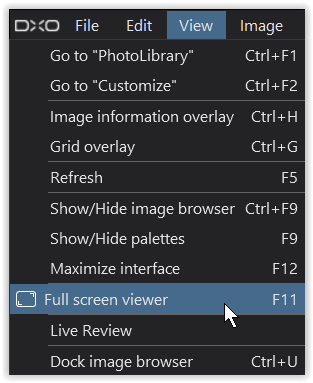
Thank you Pascal for the link to your tuto !
I’m quite a “newbie” with PL5 and didnt realize - understood - at first sight all the possibilities of this new Control Line tool with the luma and chroma adjustments.
It looks very powerful… need some time to manage !
Thanks, Wolfgang.
But in Topaz I can do this and make changes without going to full screen. In PL I have no idea what the magnification is, and have to go back and forth to make changes. Another thing I notice in Topaz is that the area to click on to grab the slider is much larger. On the refinement of this particular feature, the competition wins at present.
Support Nikon’s NEF data, please!
Thanks for treating the raw data so nicely, I’m happy to switch off in camera lens correction, which is why I got PL, but I have years of jobs shot with in camera settings that are vital and want to keep using.
What is the point of this request? Nikon NEF files are already supported going back to the D200.
I can confirm this, all my NEF and NRW files are supported.
I worded that poorly. I meant the data contained therein which dictates saturation, contrast etc etc, but sorting this out myself customising PL Presets, referencing from previous work, or more accurately having my assistant wielding a colorimeter across a screen for a few hours.
RAW files do not contain any such data, simply the data recorded from the light falling on the sensor. They don’t even contain white balance.
I’m talking about the whole NEF, which in fact does contain other processing data (in camera settings WB, contrast curve, lens distortion etc), which could be manipulated in their software, in addition to the base RAW file. I sat through a half day lecture with Nikon when they introduced the D3 where they couldnt shut up about how wonderful the damn thing was 
In essence, it’s the data that would automatically fill the Preset parameters in PL.
Ah! You are referring to the fact that the “Picture Settings”, which are applied directly to a JPEG.
What happens is that their own software takes the RAW data in the NEF file and applies it to their rendering of the image.
Personally, I only ever use the flattest of the flat Picture Settings in camera, knowing that that leaves me with the most neutral version of the image that I can then work on in PL.
You can do something similar in the Colour Rendering Palette in the FilmPack add-in to PhotoLab by selecting a DCP profile…
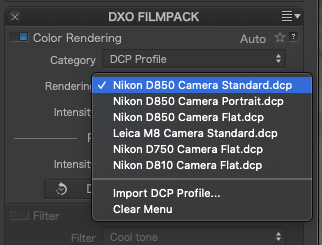
If you don’t find your settings there, you can download Adobe DNG Converter and it will also include all sorts of DCP files for all sorts of cameras…
After 2 months using PL 5 I really miss these features:
Flip images
Luma curves
Luminosity masks
I would like not need be forced to use Capture 1 or Lightroom, PL is a wonderful program but having quite a few gaps
Hi @vichenso
- Flip images has been requested many times so hopefully it will be introduced soon.
- Luma curves can be done in the Curves Tool when selecting RGB.
- Luma masks is fully implemented using local adjustments. You get Chroma masks too.
Well, selecting / manipulating RGB influences luminance and colour.
Changing the individual RGB values in equal proportions is the same as changing luminance. Experiment with the curves tool when in standard RGB mode and you will see that it just changes luminance.
Hi Joanna …
Would you please elaborate a little on this; why would one do as you suggest, above … as in, what’s the benefit of doing so … and in what situation is this approach recommended ?
John M
Using a different .dcp profile will simply give you a different starting point. If that starting point is close to what you want to get out of an image, you’ll need less fiddling with sliders…but finding the “best” profile is fiddly too.
Using a flat profile can make your images look dull at first, but it will give you a better idea of the technical potential of the image. This is why I set my default preset to use this setting:
Look at how “DxO Standard” renders an image with its the fault colour profile…
…vs. the “gamma 2.2” profile.

